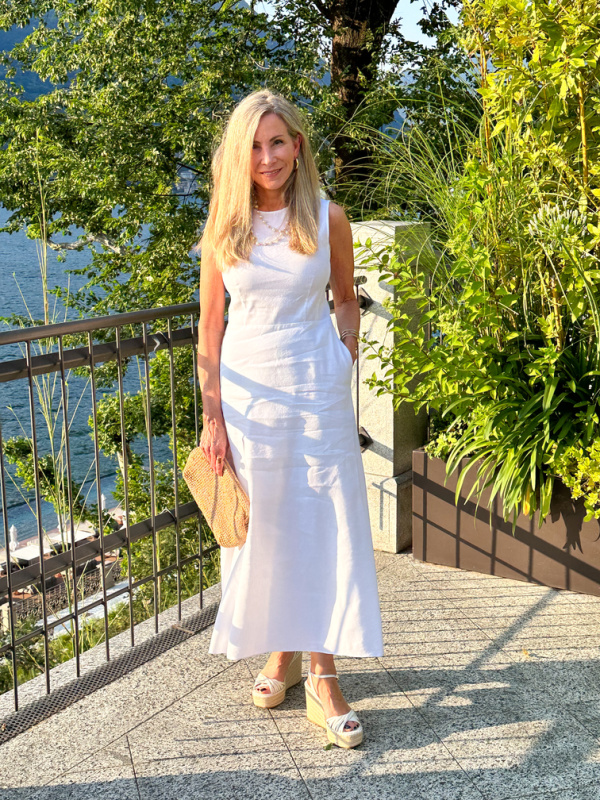Every season brings its unique challenges and opportunities in fashion. Whether you're enjoying the balmy days of summer or bundling up against the chill of winter, dressing well while staying comfortable is a year-round art. Let's dive into a guide that ensures your wardrobe is ready for any season.
Summer: Light and Breezy
When temperatures soar, comfort and breathability are key. Opt for lightweight fabrics like cotton, linen, and modal to stay cool.
Essentials: Flowy sundresses, relaxed-fit shorts, and loose tank tops are summer staples. Pair them with stylish sandals and wide-brimmed hats to stay chic and sun-safe.
Colors: Embrace bright, cheerful hues and playful patterns like florals or tropical prints.
Accessories: Sunglasses, woven bags, and minimal jewelry add flair without overwhelming your look.
Pro Tip: Layer with a light scarf or kimono for chilly evenings or air-conditioned spaces.
Fall: Layering for Comfort
Autumn is the perfect time to experiment with layers. As temperatures cool, mix and match textures and colors to create warm, cozy outfits.
Essentials: Transition your summer pieces by adding oversized cardigans, lightweight jackets, or blazers. Mid-rise jeans and ankle boots are fall must-haves.
Colors: Opt for earthy tones like rust, mustard, olive, and deep burgundy.
Accessories: Scarves, felt hats, and leather belts can elevate even the simplest outfits.
Pro Tip: Invest in versatile outerwear, like a trench coat or denim jacket, that pairs well with most of your wardrobe.
Winter: Cozy and Chic
Winter dressing is all about warmth without sacrificing style. Quality outerwear and smart layering will be your best friends.
Essentials: Start with thermal tops and leggings as your base layer. Add chunky knit sweaters, fleece-lined pants, and a wool coat for maximum warmth.
Colors: Neutral tones like black, gray, and navy work well, but don’t shy away from pops of red or emerald green.
Accessories: Think beanies, scarves, and gloves. A statement coat or bold boots can make your outfit stand out.
Pro Tip: Choose outerwear with practical features like water resistance or insulated linings to stay comfortable in all weather conditions.
Spring: Fresh and Versatile
Spring is a season of renewal, and your wardrobe should reflect that. Lightweight layers and breathable fabrics keep you prepared for unpredictable weather.
Essentials: Pair floral blouses or pastel-colored tops with cropped pants or midi skirts. A denim or leather jacket is perfect for cooler mornings.
Colors: Soft shades like blush pink, mint green, and baby blue mirror the season’s vibrancy.
Accessories: Dainty jewelry and crossbody bags keep your look fresh and uncluttered.
Pro Tip: Keep a compact umbrella handy for unexpected spring showers.
Dressing for the seasons doesn’t have to be complicated. By choosing versatile pieces and investing in high-quality basics, you can build a wardrobe that transitions seamlessly throughout the year. Remember, confidence is the best accessory for any season!

